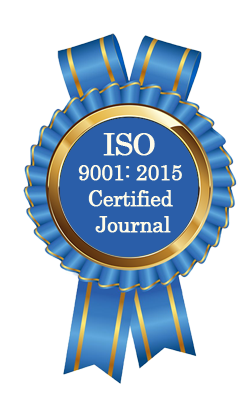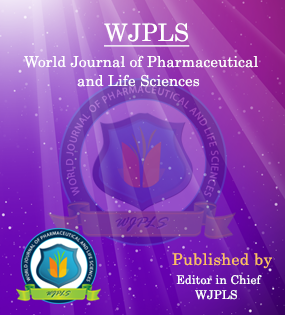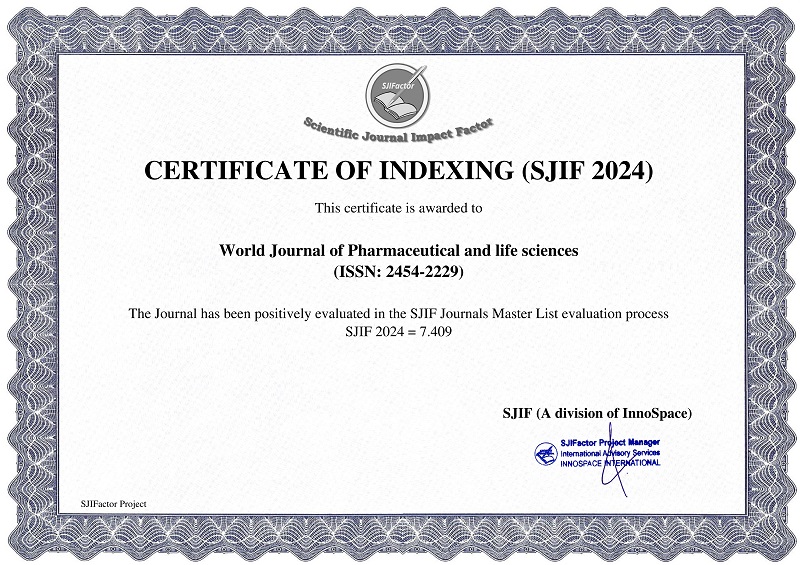Abstract
DIFFERENTIAL RESPONSE OF BRASSICA JUNCEA CULTIVARS AGAINST CADMIUM TOXICITY
Avshesh Kumar*, Arvind Kumar Singh, Rajkumar Yadav and Mohd. Irfan
ABSTRACT
The pot experiment was conducted taking six varieties of Brassica juncea viz. Alankar, Pusa Jai Kisan, Varuna, Sakha, Rohini and Pusa Bold were tested for their comparative growth responses against cadmium through soil under prevailing climatic and soil conditions. The relative change in growth and photosynthetic pigments were correlated with Cd toxicity in terms of Cd accumulation, translocation and proline response when sampled at 60 days after sowing (DAS). Treatment was given in soil as CdCl2 as 10 mg/kg soil. The variety Alankar accumulated highest level of Cd among all the cultivars and Varuna, the lowest. Relative change of growth was most prominent in Alankar (Dry weight lowered by 29%) and Varuna (Dry weight higher by 37%) relative to varietal mean. With the increasing uptake of Cd level in root and shoot (Alankar > Sakha > Pusa Bold > PJK > Rohini > Varuna) photosynthetic pigment declined linearly dependent on genotype, bioconcentration factor and translocation factor of the variety. Trigger in leaf proline level was also correlated with increasing Cd level and root to shoot translocation. All the mustard varieties had shown bio-concentration factor above 1.0 with highest in Alankar and lowest in Varuna suggesting former is good for phytoremediation point of view while latter is better for consumption.
[Full Text Article] [Download Certificate]WJPLS CITATION 
| All | Since 2020 | |
| Citation | 590 | 424 |
| h-index | 12 | 10 |
| i10-index | 17 | 14 |
INDEXING
NEWS & UPDATION
BEST ARTICLE AWARDS
World Journal of Pharmaceutical and life sciences is giving Best Article Award in every Issue for Best Article and Issue Certificate of Appreciation to the Authors to promote research activity of scholar.
Best Article of current issue
Download Article : Click here





